Looking for smart home upgrades to save on energy bills? With just a few affordable changes, you can lower your utility costs while boosting your home’s efficiency.
SaviSaving $3,400 on energy bills might sound impossible, but that’s exactly what I achieved last year after installing a smart home energy management system in my house. The transformation from watching my utility costs spiral out of control to actively managing my home’s energy usage has been remarkable.
However, this dramatic reduction didn’t happen overnight. After researching various smart home solutions and making strategic upgrades, I developed a comprehensive approach to monitoring and controlling my energy consumption. From automated thermostats to intelligent lighting controls, each component played a crucial role in lowering my energy bills.
In this article, I’ll share my experience implementing these energy-saving solutions, break down the exact monthly savings, and explain how you can achieve similar results in your home. I’ll specifically detail the devices I chose, their installation process, and the unexpected benefits I discovered along the way.
Check out these budget-friendly home improvement ideas that complement your smart upgrades.
1) My Home’s Energy Problems Before Automation
Initially, my home’s energy consumption was alarmingly high, with annual utility costs reaching $2,190. Like many American households, I struggled with mounting energy bills and inefficient power usage throughout my home.
High monthly utility bills
My utility expenses were significantly above average, primarily due to inefficient heating and cooling systems that consumed nearly half of my home’s total energy. Furthermore, I discovered that approximately 23% of my electricity bill went to idle load electricity – devices in sleep mode and standby power consumption. The combination of these factors resulted in unnecessarily high monthly payments.
Inefficient device usage
The inefficient use of household appliances was a major contributor to my energy waste. My home suffered from several common energy-draining issues:
- Water heater temperature set too high at 140 degrees instead of the recommended 120 degrees
- Refrigerator consuming over 1,500 kWh annually due to poor maintenance and placement
- Dishwasher using approximately 1,800 watts per cycle, costing around $66 annually with daily use
- Space heaters drawing 1,500 watts and consuming 12.5 amps of electricity during operation
Additionally, I discovered that my washing machine was wasting significant energy, as 90% of its energy consumption went toward heating water 2. Notably, my air conditioning system was straining to maintain comfortable temperatures, contributing to 12% of total household energy consumption.
Lack of usage insights
Without proper monitoring tools, I had no way to track or understand my home’s energy patterns. Consequently, I couldn’t identify which appliances were the biggest energy consumers or when peak usage occurred. Essential data about power consumption remained hidden, making it impossible to make informed decisions about energy use.
The absence of real-time monitoring meant I was missing opportunities to adjust usage during peak hours when utility rates were highest. Furthermore, I had no visibility into “vampire power” consumption – the energy drawn by devices even when turned off, which accounts for approximately 10% of residential electricity use.
2) Setting Up My Smart Energy System
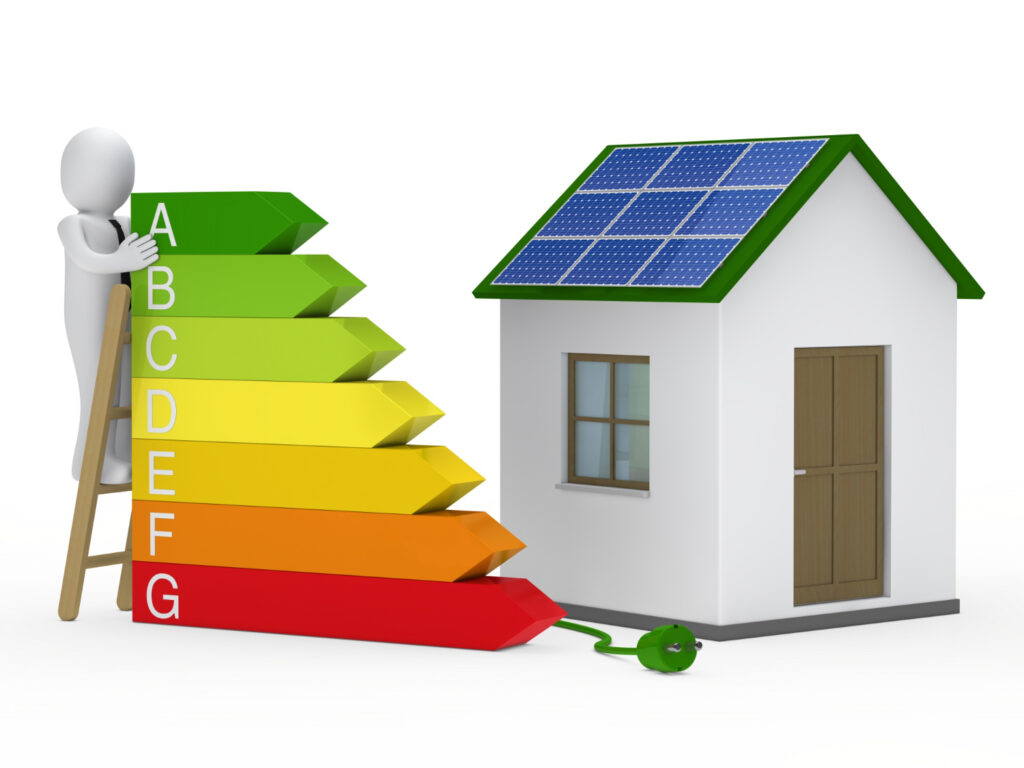
After identifying my energy consumption issues, selecting appropriate smart home devices became my primary focus. The ENERGY STAR Smart Home Energy Management Systems (SHEMS) program guided my choices, as it recognizes systems that effectively reduce and manage energy consumption.
Choosing the right devices
Following the ENERGY STAR guidelines, I assembled the essential components for my smart energy system:
- An ENERGY STAR certified smart thermostat for heating and cooling control
- Smart lighting systems with automated controls
- Smart plugs to monitor and control device power consumption
- A central smart home controller for unified management
Moreover, I ensured all devices were compatible with each other and my existing home systems. The smart thermostat became my cornerstone investment since heating and cooling consumed the most energy in my home.
Installation process
The installation began with establishing a robust Wi-Fi network, essentially the backbone of any smart home system. I upgraded to a high-bandwidth router capable of supporting 50+ devices simultaneously. Following the manufacturer’s guidelines, I started with basic components before moving to more complex installations.
The smart thermostat installation required turning off the power at the circuit breaker first. For the smart plugs and lighting, the process was straightforward – simply connecting them to power outlets and replacing existing bulbs. The central controller installation was completed by connecting it to my home network and positioning it for optimal coverage.
Initial configuration
The configuration process started with downloading the companion mobile apps for each device. Generally, this involved putting each device in pairing mode and connecting them to my Wi-Fi network. The smart thermostat required additional setup to create custom schedules based on my daily routines.
The central controller became my power hub, automatically routing energy to different devices based on priority and usage patterns. Through the SHEMS platform, I configured automated schedules for device operation and set up occupancy-based controls. The system now suggests energy-saving actions based on my usage patterns and automatically adjusts device settings when rooms are unoccupied.
3) Key Features That Saved Money
The three key features of my smart home energy management system primarily drove my substantial savings. Through strategic implementation of real-time monitoring, automated scheduling, and smart thermostat optimization, I achieved remarkable results in reducing energy consumption.
Real-time energy monitoring
The system’s monitoring capabilities provided immediate visibility into my home’s energy usage patterns. Through detailed energy tracking, I identified which appliances consumed the most power and when peak usage occurred. The monitoring system particularly helped detect inefficiencies and equipment issues before they became major problems.
My smart plugs tracked energy consumption in real-time for each connected device. This granular data allowed me to make informed decisions about:
- Shifting energy-intensive activities to off-peak hours
- Identifying and replacing energy-hogging appliances
- Detecting unusual consumption patterns that indicated maintenance needs
- Tracking the effectiveness of energy-saving adjustments
Automated device scheduling
Subsequently, I implemented automated scheduling features that coordinated my home’s energy usage. The system created custom schedules based on my daily routines and occupancy patterns. This automation accordingly adjusted device operations, ensuring appliances weren’t running unnecessarily when rooms were empty.
The scheduling system integrated with occupancy sensors to control various devices automatically. Therefore, lights turned off in empty rooms, and appliances powered down when not needed. This intelligent automation ultimately eliminated the energy waste from forgotten devices and standby power consumption.
Smart thermostat optimization
The smart thermostat became the cornerstone of my energy savings, as heating and cooling typically consume the largest portion of home energy. The thermostat’s learning capabilities analyzed my temperature preferences and daily patterns over time.
Using advanced algorithms, the thermostat created optimal temperature thresholds within a week of installation. It made event-triggered decisions rather than following a rigid schedule, adjusting temperatures only when specific conditions warranted changes.
The system’s weather forecasting integration enabled proactive temperature adjustments. For instance, it would pre-cool my home before peak energy pricing hours, maintaining comfort while avoiding high-cost periods. The thermostat’s geo-fencing feature automatically adjusted settings based on my location, ensuring energy wasn’t wasted when I was away.
Through these combined features, my smart home energy management system delivered consistent savings while maintaining comfort. The real-time monitoring provided the insights needed to make informed decisions, while automation and smart thermostat optimization ensured those decisions were executed effectively.
4) Monthly Savings Breakdown

Breaking down my monthly utility savings reveals the substantial impact of my smart home energy management system across different consumption areas. Let me share the exact figures that contributed to my remarkable cost reduction.
Heating and cooling costs
The smart thermostat proved to be the most impactful upgrade, as heating and cooling typically consume over 55% of a home’s total energy. Through automated temperature adjustments and learning algorithms, my HVAC expenses decreased significantly. The average American household spends approximately $900 annually on heating and cooling, altogether I managed to cut these costs by 10-15%.
Lighting expenses
Switching to smart LED lighting delivered impressive savings. Traditional lighting accounts for roughly 15% of an average home’s electricity use. After installing smart LED bulbs, my lighting costs dropped by up to 90%. Evidently, the combination of LED efficiency and automated controls helped me save approximately $225 annually on lighting alone.
Standby power reduction
Primarily known as “vampire power,” standby energy consumption presented a surprising opportunity for savings. Before implementing smart controls, my home’s devices continuously drew power even when switched off, accounting for:
- 5-10% of residential electricity use
- Nearly 90 watts of continuous power consumption
- Approximately $30 per year in unnecessary costs
Through strategic use of smart plugs and power strips, I eliminated most of this wasteful consumption. The system automatically cuts power to devices when they’re not in use, namely:
- Entertainment systems and TVs
- Kitchen appliances and microwaves
- Computer equipment and charging stations
- Various electronic devices with remote controls
Overall, my smart home energy management system helped reduce standby power consumption by approximately 75%. The combination of real-time monitoring and automated power management certainly made a significant difference in my monthly bills. The system’s ability to track and control energy usage across all these areas has been instrumental in achieving consistent savings throughout the year.
5) Unexpected Benefits Beyond Savings
First and foremost, beyond the substantial financial benefits, my smart home energy management system delivered unexpected advantages that enhanced my daily living experience. These additional perks proved equally valuable in their own right.
Remote control convenience
The ability to control my home’s energy systems remotely transformed my daily routines. Through a mobile application, I gained complete command over my home’s devices, whether I was at work or traveling. This remote access proved particularly useful for managing unexpected situations – like turning off forgotten lights or adjusting the thermostat when plans changed.
Voice control integration added another layer of convenience to my smart home setup. Through compatibility with popular voice assistants, I could manage various aspects of my home’s energy usage through simple voice commands. Some of my most-used voice commands include:
- Adjusting thermostat settings while cooking
- Turning off lights without leaving the comfort of bed
- Checking device status hands-free
- Setting automated schedules for appliances
In addition to basic control functions, the system allowed me to create personalized profiles and scenes, ensuring quick access to preferred settings for different situations. The unified interface meant no more juggling multiple apps – everything from lighting to climate control could be managed from a single platform.
Better device maintenance
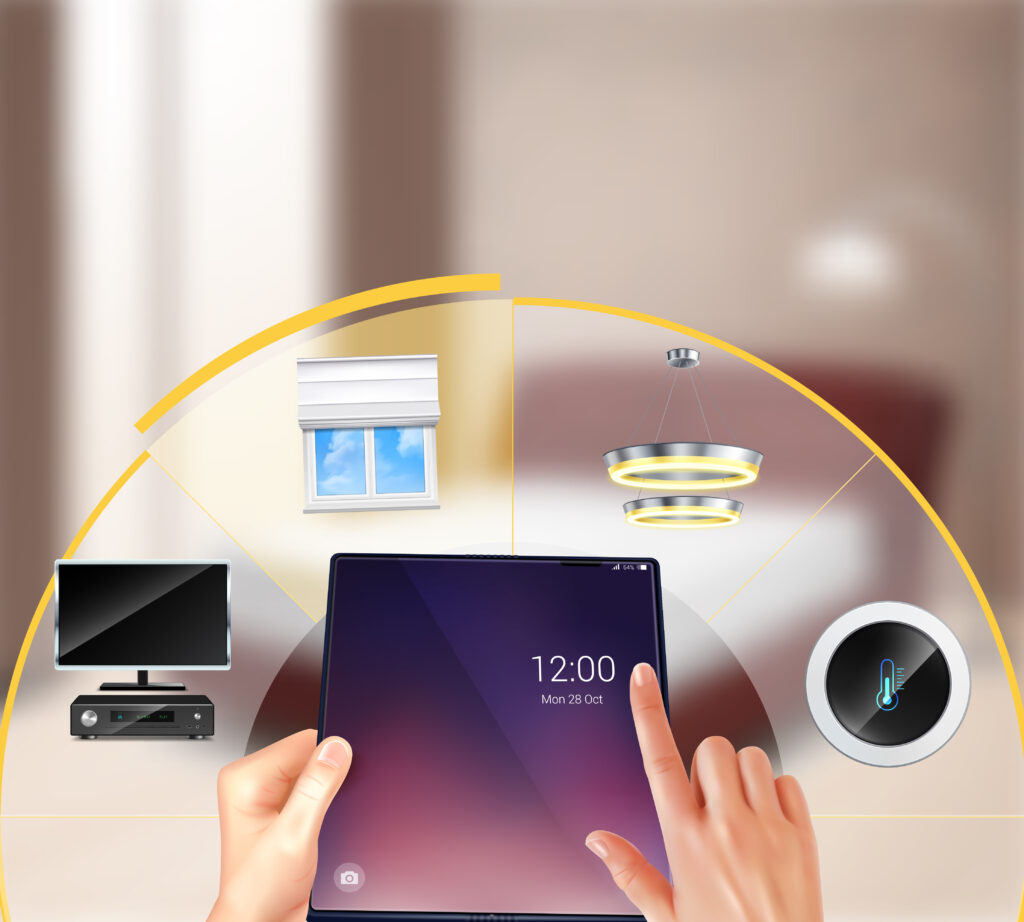
As a result of implementing smart monitoring capabilities, my system now actively tracks the health and performance of connected devices. The cloud-based monitoring collects and analyzes data continuously, providing live updates and trends through the mobile app. This proactive approach to maintenance has proven invaluable in preventing costly repairs.
The system sends automatic alerts when it detects potential issues, allowing me to address problems before they escalate. These early warnings have helped me avoid several major appliance failures. Primarily, the predictive maintenance features have:
- Reduced the need for physical inspections
- Lowered lifecycle costs of equipment
- Improved the return on my smart home investment
- Extended the lifespan of connected devices
Furthermore, the remote monitoring capabilities have streamlined maintenance scheduling and reduced unnecessary service visits. The system provides detailed insights about equipment performance, enabling more informed decisions about when maintenance is truly needed. This data-driven approach has led to a 12-18% reduction in maintenance costs compared to reactive approaches.
The smart maintenance features also help identify energy waste patterns, allowing for quick adjustments to optimize device performance. Through continuous monitoring and real-time data analysis, the system has become increasingly accurate at predicting potential issues, leading to a reported 400% return on investment through avoided breakdowns and extended equipment life.
Conclusion
Smart home energy management systems deliver real results when implemented strategically. My journey from high utility bills to saving $3,400 annually proves these systems work effectively. While the initial setup required careful planning and investment, the combination of real-time monitoring, automated scheduling, and smart thermostat optimization paid off significantly.
Beyond direct cost savings, the system’s remote control capabilities and predictive maintenance features made my home more efficient and convenient. The ability to manage energy usage from anywhere, coupled with early warning alerts for potential device issues, transformed how I interact with my home’s systems.
Smart home technology continues evolving, making energy management increasingly accessible and effective. Based on my experience, starting with core components like a smart thermostat and gradually expanding the system offers the best path to success. Though results may vary, careful implementation of these technologies can lead to substantial savings while creating a more comfortable and efficient living space.


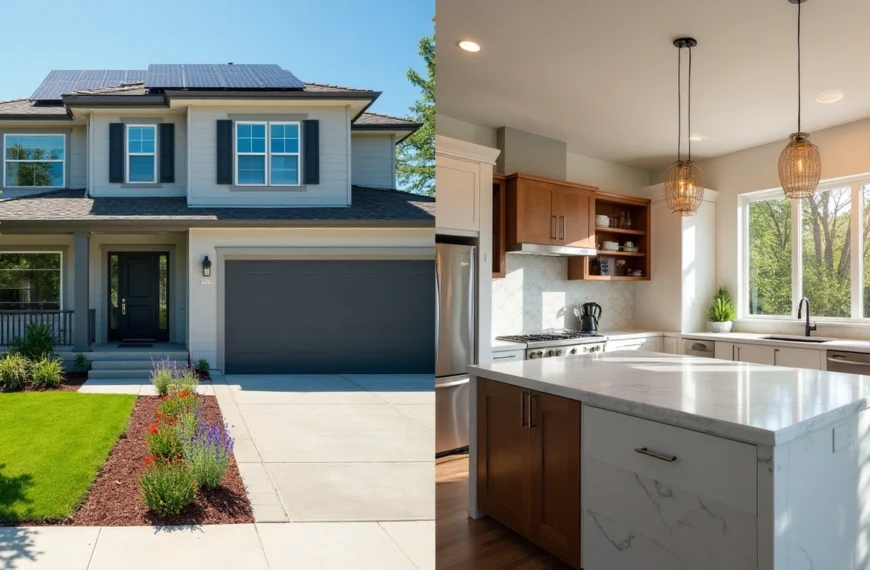
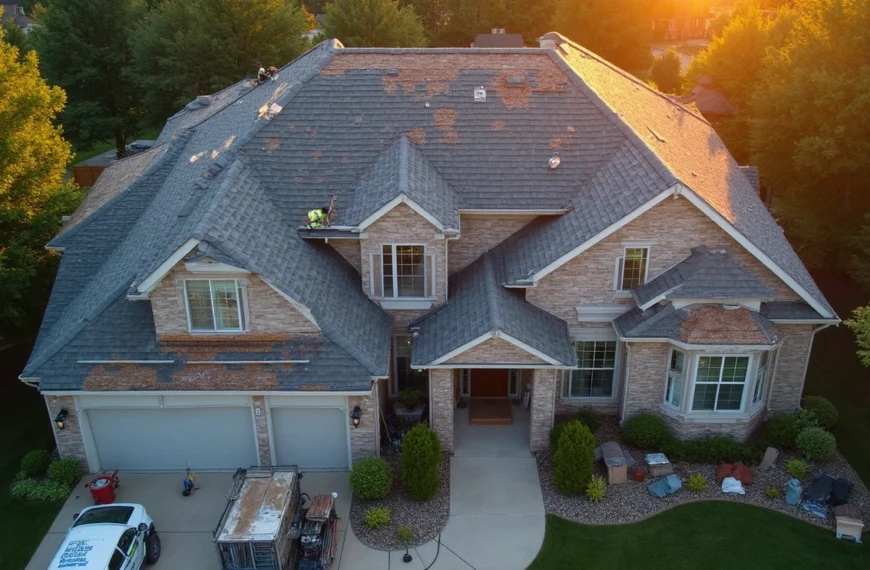
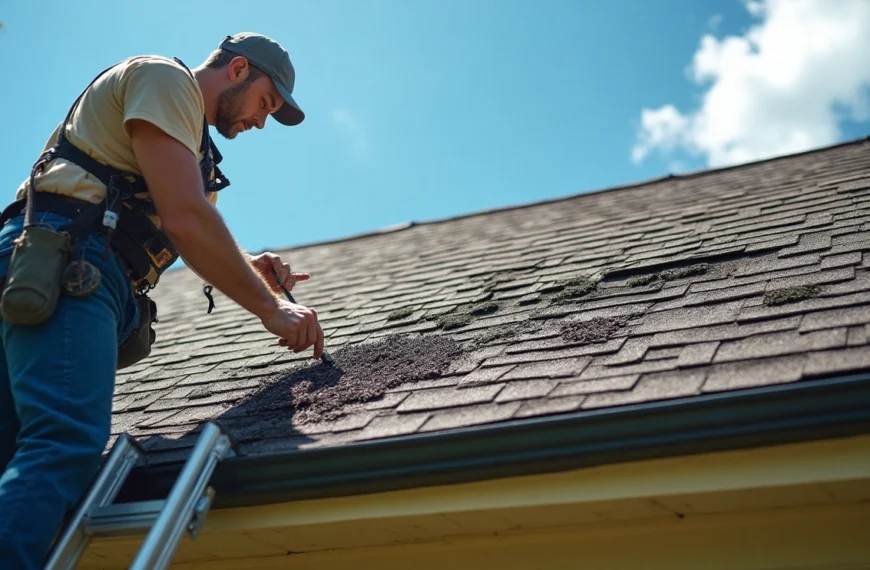








![No Win No Fee Lawyers: The Hidden Truth About Settlement Cuts Legal representation through no win no fee lawyers gives clients a way to fight cases without paying anything upfront. Many clients don't know that these services take a big chunk of money after winning the case. Lawyers usually take 25% to 40% of what you win as their contingency fee. The amount lawyers take from settlements can add up fast. A $100,000 settlement means your attorney gets $30,000 if they charge a 30% fee after winning your case. Your solicitor's cut might be £10,000 from a £30,000 compensation award, based on your agreement percentage. This payment model stays pretty much the same for no win no fee lawyers in different places, though percentages can change. This piece breaks down what you need to know about contingency fee deals. You'll learn about standard fee ranges, extra costs beyond the basic fee, and times when this payment setup might not work in your favor. Smart clients should think over these money matters before signing up with a lawyer to make better choices about their legal help. What No-Win No-Fee Really Means Image Source: Express Legal Funding A no-win no-fee arrangement, also called a Conditional Fee Agreement, changes the way people get legal help. This payment approach removes the need to pay legal fees upfront and creates a partnership between clients and their attorneys. How contingency fees work No-win no-fee agreements are based on contingency fees. Lawyers get paid only when they win compensation for their clients. Most lawyers take between 25% and 40% of the final amount, based on how complex the case is and where it's filed. Lawyers take their cut after winning the case. To name just one example, see a case where a lawyer wins £30,000 in compensation with a 33% fee - they would receive £10,000. On top of that, some law firms use sliding scales where they charge less for quick settlements and more if the case goes to trial. The law requires a written agreement before any work starts. This paperwork spells out the lawyer's percentage, what costs you'll need to cover, and other key details. What happens if you lose the case The meaning behind "no-win no-fee" is clear - losing your case means you won't pay your lawyer anything. All the same, you should know about a few money-related details. You won't owe your lawyer when you lose, but some deals might make you pay for court fees, expert witnesses, or other case expenses. The other side could also ask you to pay their legal costs. Many lawyers suggest getting "After Event" insurance to protect their clients. These policies cover any costs if you lose your case, which makes the no-win no-fee setup much safer. Why lawyers offer this model Lawyers want to make legal help available to more people, so they offer these payment plans. This setup helps people who don't have much money take legal action when they have valid claims. The payment structure motivates lawyers to work hard. They only get paid by winning cases, which pushes them to get the best results possible. Lawyers carefully assess each case before taking it on a no-win no-fee basis. They usually accept cases that have a good chance of winning, since they put in lots of time and resources without any guaranteed payment. The Real Cost: How Much Do Lawyers Take from a Settlement Image Source: Greiner Law Corp. The true cost of no-win no-fee legal representation becomes clear once we look at contingency fees. Many clients feel surprised to see a big chunk of their settlement checks going to their attorney's fees. Typical percentage ranges (25%–40%) No win no fee lawyers typically ask for 25% to 40% of the total settlement amount. Personal injury attorneys usually take 33.3% (one-third) of the awarded compensation[101]. Lawyers and clients agree on this percentage before any work starts on the case. Several factors shape the final percentage. Your chances of winning, case complexity, and the work to be done play key roles in determining the attorney's cut. Some areas have laws that cap the maximum contingency fees for specific types of cases. Sliding scale based on case complexity Law firms often use a tiered fee system that changes with the case stage and complexity. This scale rewards quick settlements while paying attorneys fairly if more work becomes needed. The fee might start at 30% if the case settles before lawsuit filing. This number could climb to 35% after filing or reach 40% if the case goes to trial. Law firms often group cases by complexity: 10%-20%: Simple cases with straightforward settlements 25%-35%: Typical personal injury cases 35% and above: Complex cases requiring extensive resources Examples of payout breakdowns These ground examples show how fees affect settlements: A $15,000 settlement with a 33.3% contingency fee.pdf) puts $5,000 in the attorney's pocket, leaving $10,000 for the client. Similarly, from a $100,000 settlement with a 33% fee, the attorney gets $33,000 while the client receives $67,000[102]. Complex cases tell a different story. A $100,000 settlement with a 30% fee plus $5,000 in extra costs leaves $65,000 for the client after all deductions. These fees substantially change the client's final payout. Hidden Costs You Might Not Expect Image Source: Nelson Personal Injury Lawyers Beyond percentage-based fees, clients often feel surprised by extra costs that can reduce their final compensation by a lot. These hidden costs show up in the fine print of no-win no-fee agreements. You should think over these details before signing. Court filing and expert witness fees Legal proceedings come with unavoidable court filing fees. These charges differ by jurisdiction. They usually range from $30 for small claims to several hundred dollars for complex civil lawsuits. Expert witnesses can be expensive, with hourly rates ranging from $150 to $1,000 based on their credentials and testimony complexity. Expert witnesses charge more for court appearances than consultation work because of added pressure and prep time. Clients might still need to pay experts for their prep work even if the case settles before trial. Medical report and investigation costs Medical documentation is a vital part of many legal claims. These costs include fees to release medical records, create specialized reports, and prepare documents. Investigation costs cover evidence gathering, police reports, witness interviews, and other fact-finding work needed to build a strong case. Of course, some firms say they'll cover these expenses upfront, but clients don't completely avoid these costs. When these costs are deducted from your compensation Law firms take these expenses from the settlement amount before they calculate their percentage fee, though each firm handles this differently. Some lawyers subtract these costs after figuring out their contingency fee, which changes how much money clients end up with. Most firms pay case-related costs during the process and get their money back from the settlement. The defendant usually pays most simple legal costs and disbursements in successful cases, but not always everything. Insurance protects clients from costs in unsuccessful claims at many law firms, but this protection isn't guaranteed. Clients should review their agreements carefully since they might still need to pay specific expenses even if they lose their case. When No-Win No-Fee Might Not Be the Best Option Contingency fee arrangements give many people access to justice. However, this payment model doesn't always work in a client's best interests. Knowing these limitations helps clients make better decisions about their legal representation. Cases with unclear liability Lawyer no win no fee arrangements work best in cases where fault is clear. We assessed the probability of success before taking contingency cases. Lawyers might turn down cases if there isn't enough evidence of the other party's negligence or if liability isn't certain. Cases with multiple responsible parties create more challenges. The situation gets complicated fast when several parties share liability. Lawyers are less likely to take these cases on contingency. They need to be confident they can prove the other party's negligence before accepting a case. Low-damage or low-payout claims Small claims often don't work well with the contingency model, even with real injuries. Cases that have minimal injuries or limited financial damages might not bring enough compensation to cover legal costs. The potential settlement needs to be big enough to pay for investigations, witness interviews and court fees. Personal injury lawyers often turn down cases where the "compensation potential" is too small. This doesn't mean the claim isn't valid - it just means the economics don't add up for a contingency arrangement. Situations where hourly billing may be better Hourly billing has clear advantages in certain cases. Clients see exactly what they're paying for - every hour worked and task completed. This model works well for cases that need lots of attention but don't have clear financial outcomes. Complex litigation with opposing parties works better with hourly billing and a retainer fee. Clients have more control over their case and don't feel pressured to settle quickly. Cases that need extensive preparation but have uncertain outcomes fit the hourly model better. Lawyers can spend the time needed without worrying about contingency limits. This approach often leads to better representation, especially for complex legal issues that need special expertise. Conclusion Understanding the Full Picture Before You Sign No-win no-fee arrangements offer legal representation without upfront costs. Of course, this seems attractive at first glance. In spite of that, you need to think about how these agreements can affect your final compensation. Legal fees usually range from 25% to 40% of your settlement - but that's just the start. You'll face more deductions like court filing fees, expert witness costs, and charges for medical documentation. What looks like a "free" service ends up taking a big chunk of your compensation to cover legal expenses. These arrangements work best in specific situations - cases with obvious liability, substantial damages, and solid evidence. If you have a low-value claim or complex liability issues, traditional hourly billing might serve you better. Without doubt, you should ask for clear explanations of all possible costs before signing anything. Read the fine print closely, especially when you have to deal with expenses in unsuccessful cases. Ask to see sample settlement breakdowns that show all deductions. This helps you picture what you might actually take home. Your choice to go with a no-win no-fee arrangement depends on your situation. This model helps if you don't have money to pursue valid claims. But if you have a strong case and enough funds, other fee structures might let you keep more of your compensation. Whatever payment model you choose, knowing exactly how much lawyers take from settlements helps you make better decisions. This knowledge lets you approach legal representation with real expectations and better control over your money. FAQs Q1. What percentage of a settlement do no-win no-fee lawyers typically take? No-win no-fee lawyers typically charge between 25% to 40% of the final settlement amount as their contingency fee. The exact percentage often depends on the complexity of the case and the stage at which it is resolved. Q2. Are there any hidden costs in no-win no-fee arrangements? Yes, there can be additional costs beyond the lawyer's percentage fee. These may include court filing fees, expert witness costs, medical report expenses, and investigation costs. These expenses are usually deducted from the settlement amount before or after the lawyer's fee is calculated. Q3. What happens if I lose my case in a no-win no-fee arrangement? If you lose your case, you generally won't have to pay your lawyer's fees. However, you might still be responsible for certain expenses like court costs or the opposing party's legal fees. Many lawyers offer insurance to protect clients from these potential costs in case of an unsuccessful claim. Q4. When might a no-win no-fee arrangement not be the best option? No-win no-fee arrangements may not be ideal for cases with unclear liability, low-value claims, or complex legal issues requiring extensive preparation. In these situations, traditional hourly billing might be more appropriate and potentially more cost-effective for the client. Q5. Can I negotiate the percentage a lawyer takes from my settlement? Yes, the contingency fee percentage is often negotiable. It's typically agreed upon and formalized in writing before the lawyer begins working on your case. Don't hesitate to discuss the fee structure with your lawyer and ask for a detailed breakdown of potential costs and deductions.](https://consumersweek.com/wp-content/uploads/2025/06/No-Win-No-Fee-Lawyers-The-Hidden-Truth-About-Settlement-Cuts-870x570.webp)

